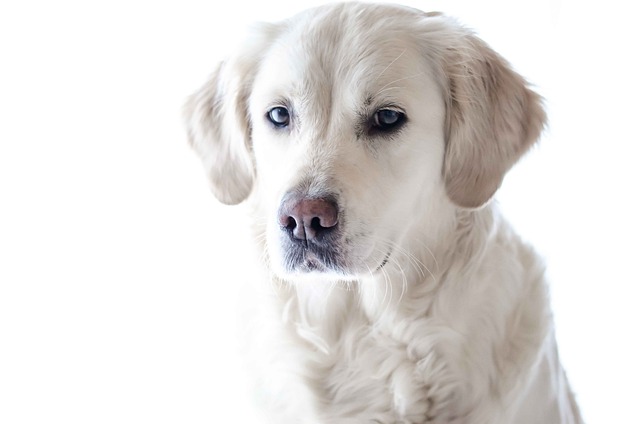
How can I tell if my dog's heatstroke is serious
Let’s be real: It’s a sticky August morning in Los Angeles, and you took your 2-year-old Golden Retriever, Max, for a walk a little later than usual
Dogs are human's most loyal friends, and their health always tugs at the heartstrings of every owner. Among the many diseases that dogs may encounter, parvovirus infection is a distressing condition that poses a serious threat to their life and health. Understanding the age range of dogs that are susceptible to parvovirus is of great significance for us to prevent and deal with this disease.
Generally speaking, puppies are a high - risk group for parvovirus infection. From 2 to 6 months after birth, their immune systems are not yet fully developed. Just like newly germinated seedlings, they are tender and fragile, unable to effectively resist the invasion of external viruses. Puppies of this age, especially those that have not been vaccinated or have incomplete vaccination, are very likely to be infected once they come into contact with the parvovirus. When seeing a lively and lovely puppy at home suddenly become listless, with its originally bright eyes losing their luster, the owner's heart will also be tightened. They no longer frolic and chase toys as usual, but quietly curl up in a corner, as if all the strength in their small bodies has been exhausted.
For puppies, the symptoms after parvovirus infection are often very obvious and severe. Frequent vomiting and severe diarrhea are the most common manifestations. They may vomit uncontrollably soon after eating, and sometimes the vomit may contain foam or blood. Diarrhea can quickly dehydrate the puppy's body. The feces are in a soft state, mostly gray - white or yellow - green in color, and emit a pungent odor. Watching the puppy become thinner and thinner due to frequent vomiting and diarrhea, the owner's heart is filled with heartache and anxiety, wishing to bear all the pain for them.
As the dog grows older, from 6 months to 1 year old, the risk of parvovirus infection will be relatively reduced, but it is not completely immune. During this stage, the dog's immune system is gradually improving, and its body's resistance to the virus is increasing. However, if there are a large number of parvoviruses in the dog's living environment, or if it has not been well - vaccinated before, it is still likely to be infected. Compared with puppies, the symptoms after infection may not be so acute and severe. But even so, when the owner finds that the dog has abnormal conditions such as loss of appetite and listlessness, the worry in the heart will still surge up immediately, fearing that this is a sign of parvovirus invasion.
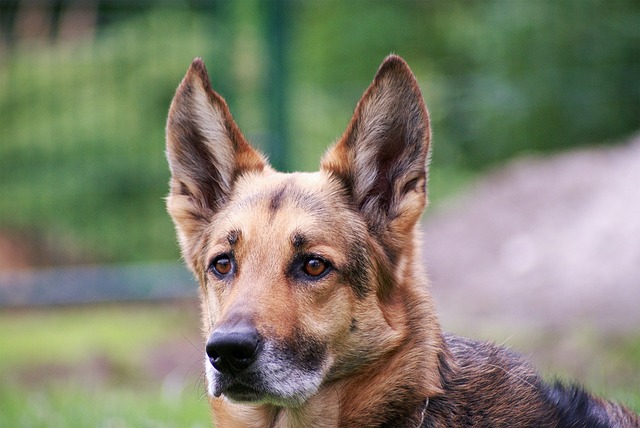 For adult dogs over 1 year old, generally speaking, the possibility of parvovirus infection is further reduced. At this time, their immune systems have basically matured and can better cope with the challenges of most external pathogens. However, this does not mean that adult dogs are absolutely safe. Some special circumstances, such as the dog being in a long - term stress state, like frequent changes in the living environment, or experiencing major diseases, can all lead to a decrease in its immunity, thus giving the parvovirus an opportunity. Once an adult dog is infected with the parvovirus, although its body is more resistant than that of a puppy, the treatment process is still full of challenges, and the owner also needs to devote a lot of energy and patience to take care of it.
For adult dogs over 1 year old, generally speaking, the possibility of parvovirus infection is further reduced. At this time, their immune systems have basically matured and can better cope with the challenges of most external pathogens. However, this does not mean that adult dogs are absolutely safe. Some special circumstances, such as the dog being in a long - term stress state, like frequent changes in the living environment, or experiencing major diseases, can all lead to a decrease in its immunity, thus giving the parvovirus an opportunity. Once an adult dog is infected with the parvovirus, although its body is more resistant than that of a puppy, the treatment process is still full of challenges, and the owner also needs to devote a lot of energy and patience to take care of it.
It is worth noting that age is not the only factor that determines whether a dog is infected with parvovirus. The dog's living environment, hygiene conditions, and vaccination status are all closely related to the risk of infection. If a dog lives in an environment with poor hygiene, a dense population of dogs, and a source of virus infection, the probability of parvovirus infection will increase significantly regardless of its age. On the contrary, even if it is a puppy that is prone to infection, if it lives in a clean and tidy environment and is vaccinated regularly, its risk of parvovirus infection will be significantly reduced.
When we suspect that a dog is infected with parvovirus, the anxiety and uneasiness in our hearts are indescribable. Every owner hopes to confirm the dog's condition as soon as possible and give it the most timely and effective treatment. At this time, it is very important to take the dog to the vet in a timely manner. The vet will accurately determine whether the dog is infected with parvovirus through professional testing methods, such as fecal testing. Once diagnosed, the dog will face a difficult treatment process, and the owner will also start a journey of accompanying full of worry and hope.
During the dog's treatment period, the owner's careful care is an important support for it to overcome the disease. Providing the dog with a warm and quiet resting environment and ensuring that it takes in enough water and nutrition are crucial for maintaining the dog's physical strength and resistance. Every time the owner gives medicine to the dog and wipes its body, it is filled with deep love and expectation for the dog, hoping that it will recover soon and regain its former vitality.
Although there is a certain pattern in the age range of dogs infected with parvovirus, each dog is a unique individual, and its health status is affected by a variety of factors. As owners, we should always pay attention to the dog's physical changes, provide them with a good living environment, and vaccinate them on time to minimize the risk of the dog being infected with parvovirus.

Let’s be real: It’s a sticky August morning in Los Angeles, and you took your 2-year-old Golden Retriever, Max, for a walk a little later than usual

You're enjoying a summer afternoon at the park when you notice your dog has stopped panting and appears disoriented - their gums are bright red
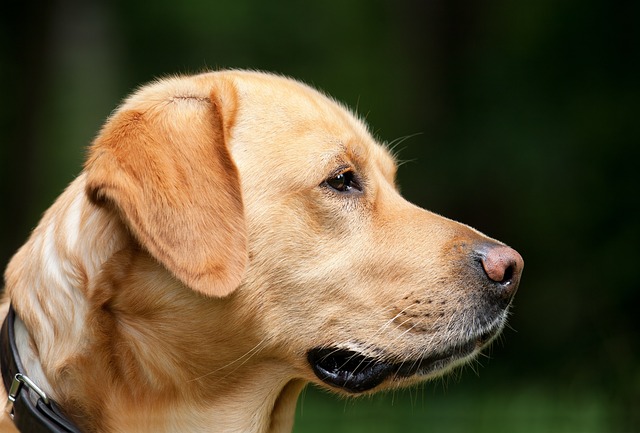
Let’s paint the picture: You’re in your Denver apartment, watching your 4-year-old Boston Terrier, Ruby, plop down mid-play session with her favorite toy
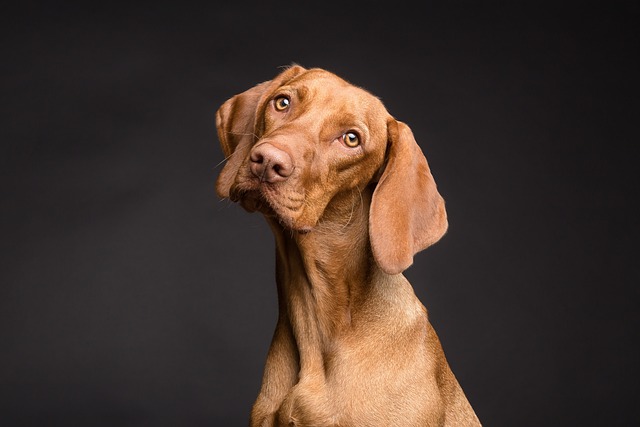
Many dog owners notice their pets nails seem shorter after regular walks,but how much does this daily activity actually help?The answer depends on where you walk—concrete sidewalks or asphalt streets gently file nails as a dog's paws hit the ground
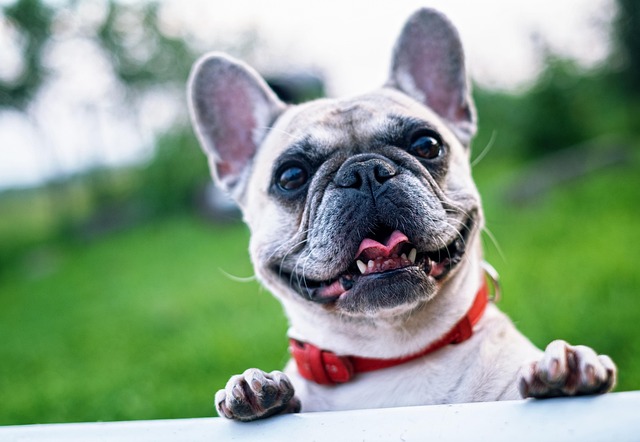
Most dog owners notice their pup scooting across the carpet at some point, but few connect it to impacted anal glands. These small sacs near a dog’s rectum secrete a scent for marking territory
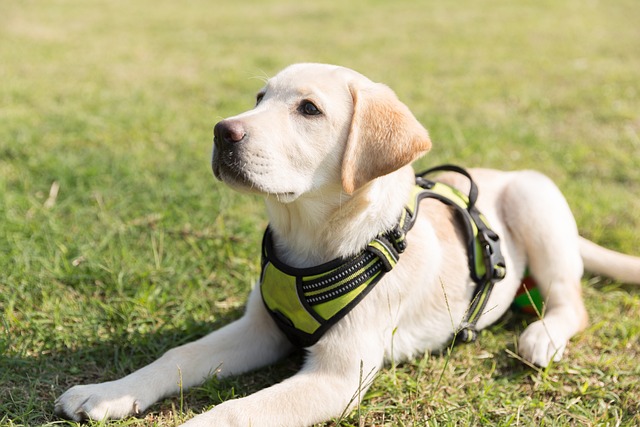
Most vets agree that regular dog teeth cleaning is key to avoiding painful dental issues later. For healthy adult dogs, a professional cleaning at the vet’s office every 12 to 18 months usually works well.